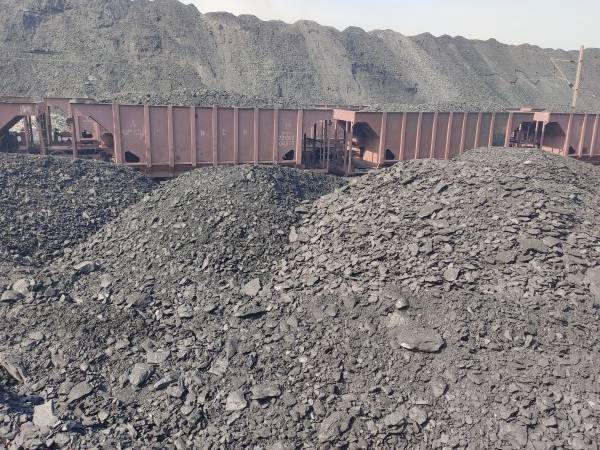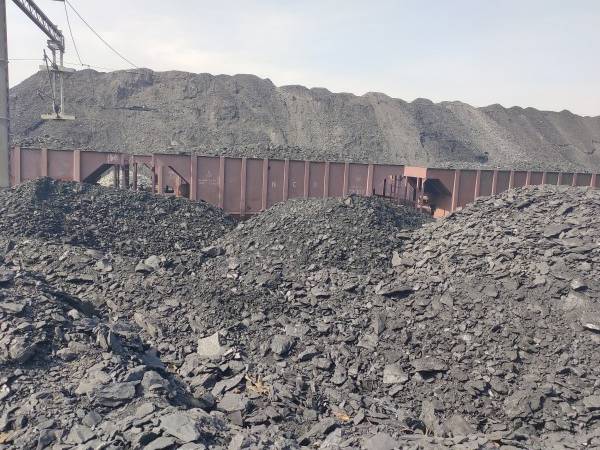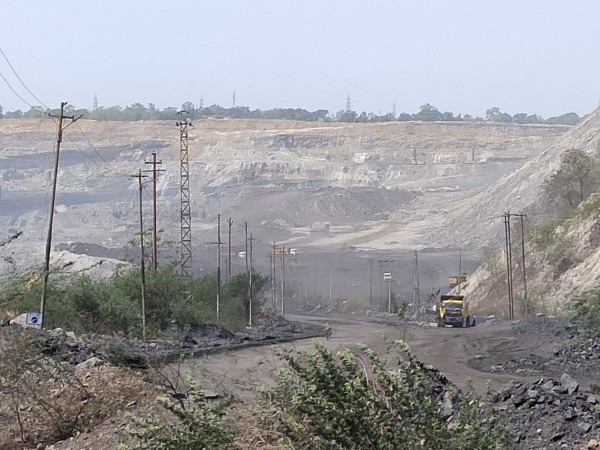
Introduction: The Coal, the Supply Line of Many Public Sector Companies
In India, coal is the main input extensively used for power generation. However, inadequate availability of coal and rising prices of coal in the international market have necessitated the government to intervene for allocating the available coal among power producing companies.
Since the companies involved in the coal mining are public sector companies, the allocation of coal between these power generating companies and the pricing of allocated coal then become important factors.

The SHAKTI Policy
A Coal Linkage Policy by the Government for Coal Allocation
Under these conditions, the Government of India along with the active support of state governments have designed a coal linkage policy for allocating coal among different coal-consuming thermal power plants. The new policy is known as SHAKTI or the Scheme for Harnessing and Allocating Koyala Transparently in India. The SHAKTI policy is designed by the Government of India to allocate coal among different thermal power plants in a transparent and objective manner.
A Policy to Help the Infrastructure Sector and the Public Sector Banks
The main objectives of the SHAKTI policy are to provide coal to all the thermal power plants in the country in a transparent and objective manner and also ensuring that the benefits of linkage coal are passed on to the end customers. Thus, this policy provides the infrastructure sector and the public sector banks the much-needed life line to survive as huge amount of money is lying unpaid in loans given to many of these power companies.

Allocation for Current and Future Needs of Power Plants
The Cabinet Committee on Economic Affairs cleared the SHAKTI policy on May 2017 for better allocation of coal to current and future needs of power plants. The policy would provide coal linkages, that is buying of coal from a mine near to the power plant, to power plants that do not have fuel supply agreements through coal auctions.
The allocation of linkages for power sector is based on the auction of linkages or is done through Power Purchase Agreement (PPA) on competitive bidding of tariffs except for the power generating companies coming under the state and central governments.
The new policy will immensely benefit those companies that presently do not have coal linkages. Through this auction process, these companies will get supplies of domestic fuel at very competitive rates. With the new policy, the government on its part is also aiming to reduce dependence on coal imported from other countries. The states award coal linkage according to the need, effectiveness and cost of power to the power companies in its region. The private sector will also get allocation through this auction process and it will be based on the location of coal source, amount of power needed and quantity of coal as well as the delivery point of power they generate.

New Scheme Under the SHAKTI Policy
Under the SHAKTI policy, the Ministry of Power has started a scheme for procurement of aggregate power of 4500 MW on competitive basis for five years on finance, own and operate basis. PFC Consulting Limited has been appointed as the nodal agency by the Ministry of Power. The supply of electricity will start from April 2023. For this scheme, the Ministry of Coal has been requested to allocate around 27 MTPA.
It will be the first time that bidding is being done under the SHAKTI policy. It is expected to help states facing power shortage and will also help increase generation capacity of power plants.

The Major Beneficiary of the SHAKTI Policy – Domestic Companies and Consumers
The SHAKTI policy aims to ensure the availability of coal to all the thermal power plants in India in a transparent and objective way. The policy will help the infrastructure sector and the public sector banks to recover huge loans currently with the power companies. The companies will get the domestic fuel supplies through auction at competitive rates.
The scheme will reduce the dependence on imported coal and will promote domestic companies, and the scheme will ensure that the natural resources are allocated optimally across all power units. And, the consumers will be the biggest beneficiary with reduced power tariff.